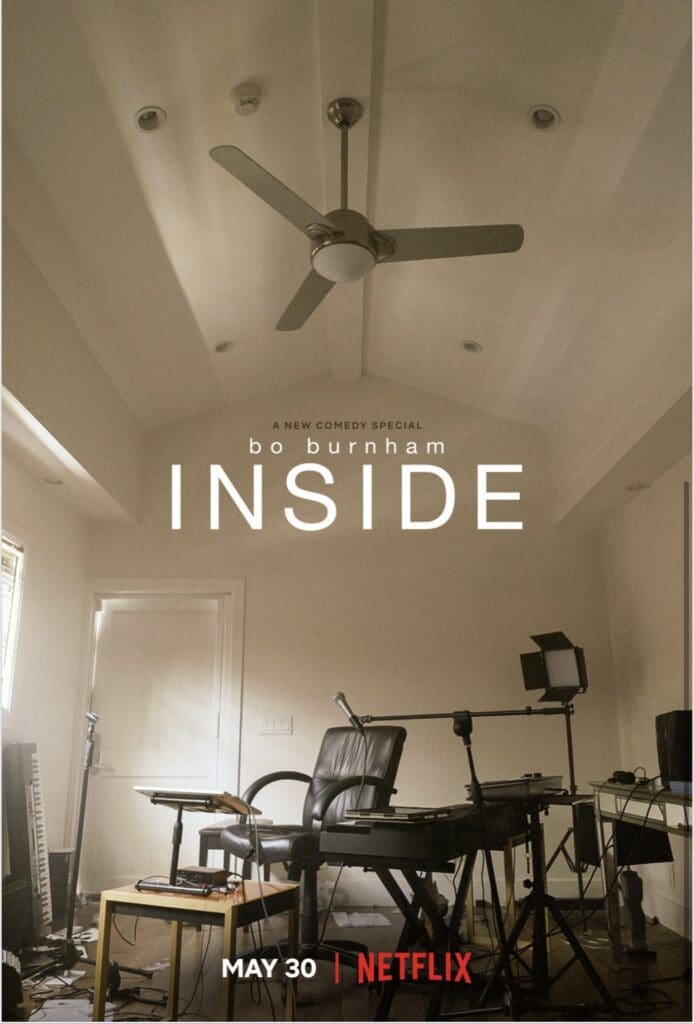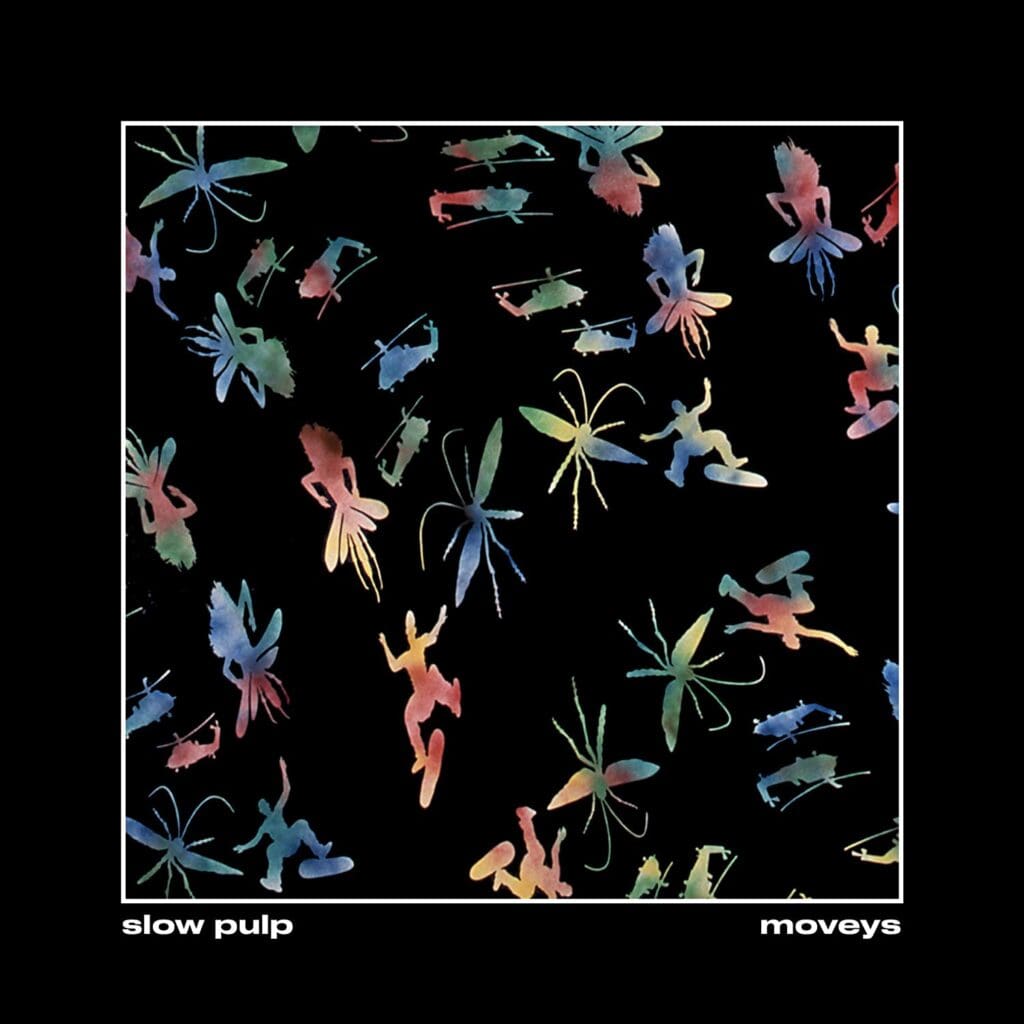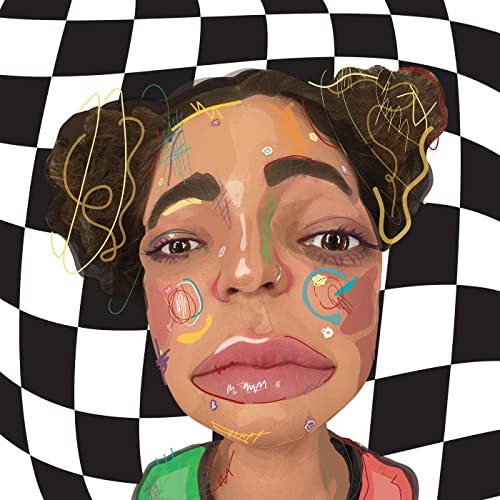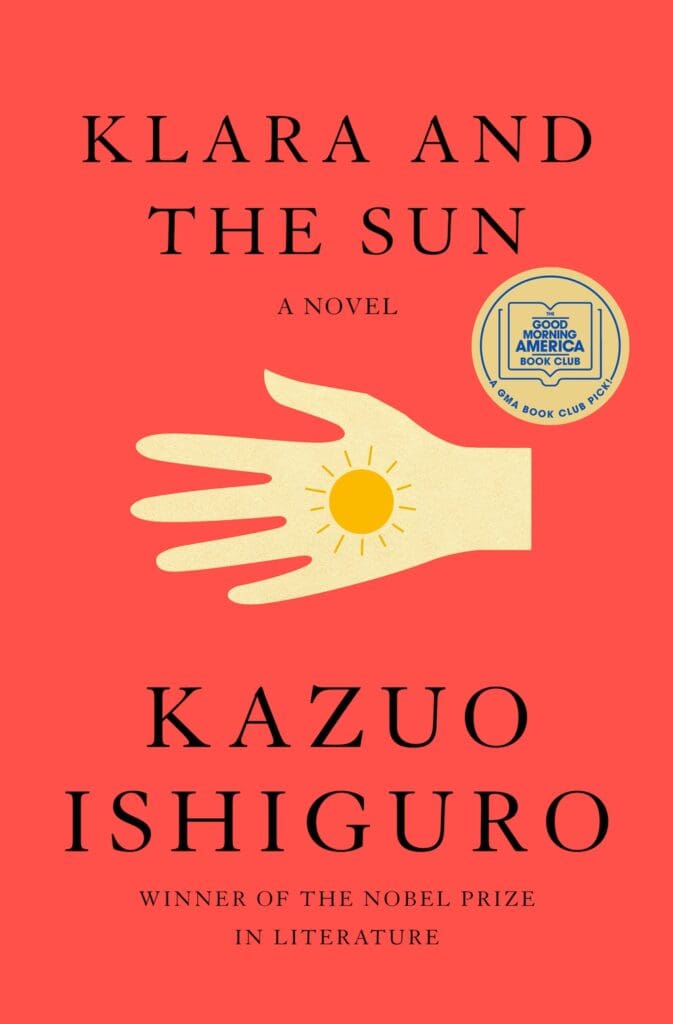
Colton Alstatt, Intern: Reading John Green’s The Anthropocene Reviewed, a new collection of “Essays on a Human-Centered Planet” from the Young Adult Fiction author, I felt a pit in my stomach open each time an entry turned the final corner in its typical format: after presenting a topic for review (Piggly Wiggly, Scratch ‘n’ Sniff Stickers, Googling Strangers, etc.), detailing any tragic details in its history, and establishing a tangential relationship between it and Green’s personal life, the essay weaved the two threads together into a proof of the “human experiment’s resiliency.” Though it is a feel-good book that might serve as evidence for hope’s omnipresence in a gloomy world, my reaction was visceral. I was surprised to realize that, in our present moment, Green’s predictable optimism feels irresponsible.
One explanation for this feeling is my peculiar generational ethos. On TikTok and Instagram, literary circles of people about my age (19-23) place anti-natalist quotables on rainbow backdrops and over sunny indie-pop, semi-ironically proliferate the Unabomber’s Manifesto, and vouch undyingly for Bo Burnham’s new Netflix special, Inside. I would like to join them on this last point.
Bo Burnham is a comedian/screenwriter/director/actor known for his introspective, music-driven brand of stand-up. After a five-year hiatus, he returned with Inside, a comedy special written, performed, and shot by Burnham in a single room over Quarantine. However, Inside is fewer parts comedy special than it is a documentary of a creative person’s decline in isolation. As I watch Burnham wrestle with the impossibility of levity today, disavow his comedic gifts, and continue working anyway for what, over Inside’s 90-minute duration, becomes more-and-more a project prolonged for his own sanity, I think of Goya’s kitchen and its secret, monolithic Saturn.
But Burnham, ever-aware of a viewer’s fragile attention, entices with more than morbid curiosity. He is aware of what a slog it is to watch someone wallow in their particular suffering and, though he does not attempt to hide his decline, prefers to speak on the more general suffering of an individual under late-stage Capitalism. “That Funny Feeling” is a pithy song with gutting phrases like “The whole world at your fingеrtips/the ocean at your door.” In “Welcome to the Internet,” Burnham personifies the Internet as a villain intentionally inflicting social and developmental consequences on today’s youth. Inside strikes me as one of the most thoughtful works of the Internet Age and, like any good Zoomer, I implore you to give it a watch.

Anna DeNelsky, Intern: Slow Pulp’s indie pop album Moveys is the perfect soundtrack to feed your bout of summertime sadness. With ample downtime during the pandemic, my music library expanded tenfold, and I stumbled upon Slow Pulp, who have since earned a spot on my current list of Top 5 favorite bands.
The Chicago-based band’s distinctly hazy and atmospheric sound provides the perfect backdrop for heavy contemplation and introspection. Released in 2020 during the midst of the pandemic, the album encapsulates a state of uncertainty, yet conveys a rather comfortable acceptance of said uncertainty as a form of resilience. The album unveils the beauty of imperfection, exploring themes of relationships, mental and physical health, trauma, and a processing of one’s existence and place in the world. Their music is both sonically and emotionally textured—the quality of the sound furthering the lyrical import.
Slow Pulp’s rather concise lyrics speak volumes; each word feels carefully selected, a poetic approach to songwriting: “Why don’t you go back/To falling apart?/You were so good at that” sings Massey in “Falling Apart,” one of my personal favorite songs on the album. “You have got to step up/Show that you can be enough/Make it okay/It’s hard to swallow.” This candid pensiveness is woven throughout the songwriting. Emily Massey’s warm vocals are layered with vulnerability and are melded into the instrumentals, giving the songs an ethereal yet grounded tone. The band’s music is the medium and outlet through which they meditate on the navigation of life—a coping strategy of sorts—allowing the listener to do the same. The first track, “New Horse” acts as a foreword for the album; the band invites the listener to journey with them into the past year and reflect on their experiences and growth. “Idaho,” one of their most played songs on Spotify, is one I unapologetically play on repeat. It considers the struggle of receiving love when one lacks self-love: “I kept on holding out for the downside…I don’t think I can win my pride on time.” Each track has something unique to offer, while serving as an essential component of the cohesive unit.
By the end of the album the band has managed to create a channel through which they vent and cope, and in turn provide the listener with the same outlet, as they relate to and form new associations between their own lives and the music. The last track propels the listener out of a nostalgic trance: a playful, Beastie Boys-esque groove, layered with vinyl scratching and a voice that calls out, “I said move it/Get outta here.” Then the credits roll, the movie is over, and we are returned to reality to find our own path in the maze of life. Slow Pulp is currently making it big in the indie music scene—and I eagerly await what’s to come.

Oriana Christ, Intern: Remi Wolf’s cover art—vibrant, oversaturated, funky, psychedelic—tells you exactly what to expect from her music, but categorizing it under any one genre is impossible; and this is exactly what Wolf wants. She rejects labels, and her creations don’t need them. What matters is that her songs are creative, unpredictable, seemingly composed of joy and dangerously fun. I say “dangerous” because when they come on during my drives from Berkeley to the office, I have to blast them with the windows down, my hands incapable of staying on the wheel, and other drivers on the Bay Bridge turning to stare as I lurch in traffic.
Listening to Remi Wolf while home for the summer is a special kind of consumption because she is a Bay Area native. Born and raised in Palo Alto, she moved to L.A. at age 17, and has since released several singles and two EP’s: You’re A Dog! (2019) and I’m Allergic To Dogs! (2020). Since her relatively recent rise to fame, she has collaborated with other beloved indie/alternative artists including Dominic Fike, Still Woozy, Cautious Clay, and Wallows. The reasons behind her quick success are no mystery—she has an incredible voice, as songs like “Liz” and her 2014 American Idol appearance prove, but she’s not afraid to distort or pitch it, like in my personal favorite of her songs, “Monte Carlo” (cover art shown above), resulting in unexpected yet equally delightful melodies. Her songs are full, of energy, inventiveness, and layered instrumentals that are unmistakably hers. She has referred to her song “Woo!” as an “ADHD anthem,” which is a perfect description of much of her music: all over the place, both instrumentally and lyrically, but done with intention and unusual artistry.
Remi Wolf is a masterpiece comprised of impressive vocals, signature snares, and distinctive visuals. Her newest single, “Liz,” is a beautiful departure from her usual style—it is intimate, honest, and perhaps the best demonstration of her vocal prowess. This prowess can be witnessed firsthand when she performs at Outside Lands in October, and I can’t wait for her next batch of music, whatever direction she goes in.

Zack Ravas, Editorial Assistant: At this point, the number of accolades Kazuo Ishiguro has been awarded—including the Nobel Prize in Literature and an appointment to Knight Bachelor for services to literature—are as long as his list of published novels. This isn’t always the most enviable position for a writer to be in; one imagines the scrutiny surrounding each book release must be tremendous when your writing has secured you a “Sir” in front of your name. That may be why Ishiguro’s 2021 release, Klara and the Sun, feels so familiar. At first glance, the novel presents a new configuration of elements found in some of the author’s previous novels: we have an unreliable first-person narrator who is somewhat ignorant (willfully or not) of their dire circumstances a la The Remains of the Day; and what you might call a ‘light dystopia’ similar to Ishiguro’s previous sci-fi parable, Never Let Me Go.
But Ishiguro is, without a doubt, one of our greatest living writers—and who is to begrudge a master craftsman for continuing to operate in a mode they’re clearly comfortable in? Not me. Klara and the Sun explores a near-future setting distinguished by the commercial success of Artificial Friends, or AFs; these unassuming robots, sold in stores, are primarily intended to provide companionship to children. Most AFs are nice enough but don’t seem to be granted much of a personality to distinguish one model from the next. The exception is Klara, who narrates the novel and grows greatly attached to her owner, the 14 year-old Josie. Josie is very sick, and much of the novel consists of Klara navigating her strange new world outside her store as she seeks an improbable means of treating Josie’s illness. (The title references the Sun due to the fact that Artificial Friends draw their strength from solar power—perhaps unsurprisingly, Klara begins to wonder if the sun might have similar restorative abilities for Josie).
The novel creates a vague feeling of unease as we learn more and more about this future Ishiguro has created. In this time, children are genetically engineered in order to enhance their academic prospects—a procedure that is not without potentially fatal risks. It’s an all too believable reality, and one is almost thankful that Klara’s ignorance inures us, somewhat, from the tragedy of Josie and her friends’ situation. The youth of tomorrow, as in Never Let Me Go, are irrevocably doomed; Klara is the synthetic innocent in their midst, possessed with good intentions—or at least programmed with them—yet powerless as a product designed to be phased out and, eventually, replaced. Despite the heavy subject matter, it must be said Klara and the Sun makes for a breezy read; Klara’s cheerful and thoughtful voice conveys the same bright, summery tones as the book’s cover art. I predict it will make for an appropriate read during this year’s warmer months, as well as a disconcerting glimpse of a road our society may someday soon be traveling down.
